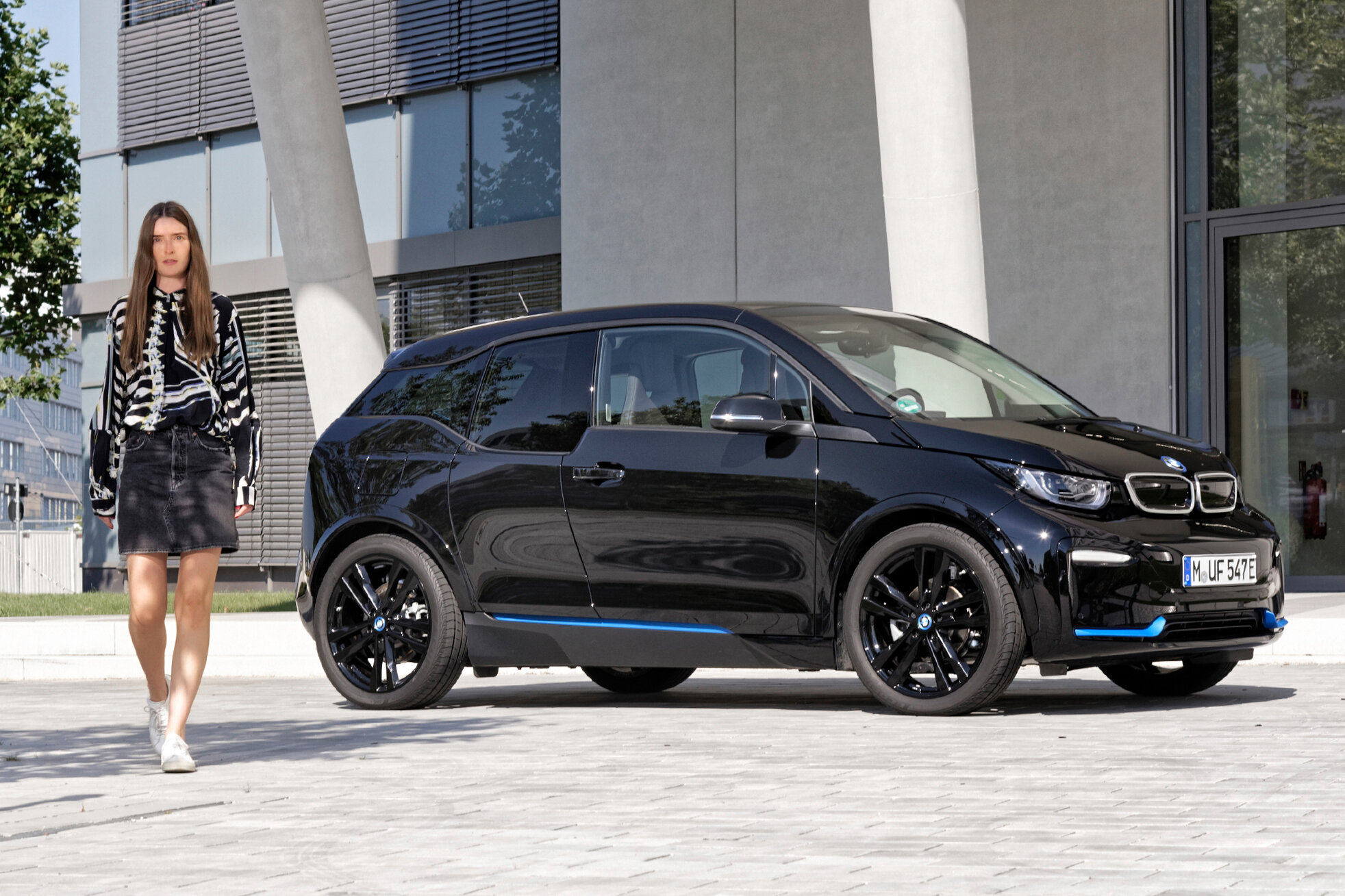The BMW i3 – setting a trend for the future of urban mobility
Two weeks ago we visited the BMW Group Electric Days in Munich to experience and learn more about their range of electrified vehicles, including the new BMW 545e being available from autumn.
BMW’s goal is to have seven million electric cars and plug-in hybrids on the roads worldwide by 2030 of which 2/3 will be fully electric. By the beginning of 2020 BMW registers 14 electric vehicles (EV) in its portfolio. By 2023 their goal is to have 25 EV of which more than half are battery electric vehicles (BEV).
The BMW i3 was the companies first electric vehicle ready for series production – launched back in 2013. It’s the best selling compact BEV in the premium segment worldwide since 2014. With the latest facelift (2018), the i3s being the sports model of the i3 has been introduced on the market. Both cars received new high-voltage batteries for an even further extended reach. So in everyday use they now cover a distance of 260 kilometers – an increase of almost 30 percent compared to the previous model. Of course this depends on the driving style and additional advices such as heating or air conditioning. However the on-board computer can show you how much additional potential is available when all other devices are switched off. So you have to weigh for instance if you need the air conditioner in summer or if you rather have more range.
The BMW i3 is powered with a 125 kW/170hp electric motor accelerating in 7.3 seconds from zero to 100km/h, while the BMW i3s with 135kW/184hp completes the standard sprint in 6.9 seconds. So some burners look pretty stupid, when you speed up at the traffic light. We tested the sports model, the BMW i3s. Driving the car brings a lot of fun. The good thing is that at no time you have to think about how much CO2 is emitted. When your range is low – no problem. You can easily recharge the batteries. The car is equipped with high-quality charging electronics allowing a fast and flexible recharge. One option is use a standard cable at your household socket, which takes a little longer. Within 15 hours the batteries are charged up to 80 percent. If you do no have that much time, use the BMW i Wallbox as it only takes 3.2 hours. Last but not least the power electronics and high-voltage battery in both models are designed for a conjunction with quick-charging stations that run on DC power. So in only 42 minutes the batteries will have a total power of 80 percent and your journey can be continued.
The exterior as well as the interior of the BMW i3 does not follow any trend – rather it sets a trend. It is designed in a futuristic form language that communicates clarity and an interior lounge character. Sustainable materials and functionals details can be found in the interior. Besides it is equipped with numerous digital services and driver assistance systems.
Conclusion:
With its electric drive, the BMW i3 is the perfect car for the city with the many stop-and-go situations. It’s agile, compact, silent and emission-free offering a range of 260 kilometers. Nevertheless the BMW i3 is a compact vehicle, the interior is spacious. The all-ellectric power creates the energetic drive and thus pure driving pleasure. BMW has perfectly managed to integrate innovative design, electrified driving dynamics, optimised range and intelligent technologies. The BMW i3 is trend-setting for the future of urban mobility.
The BMW i3 starts at a price from 38.000 €.
For more technical specs head over to the BMW website.
Pictures: BMW for ellectric
Text: Britta Reineke




